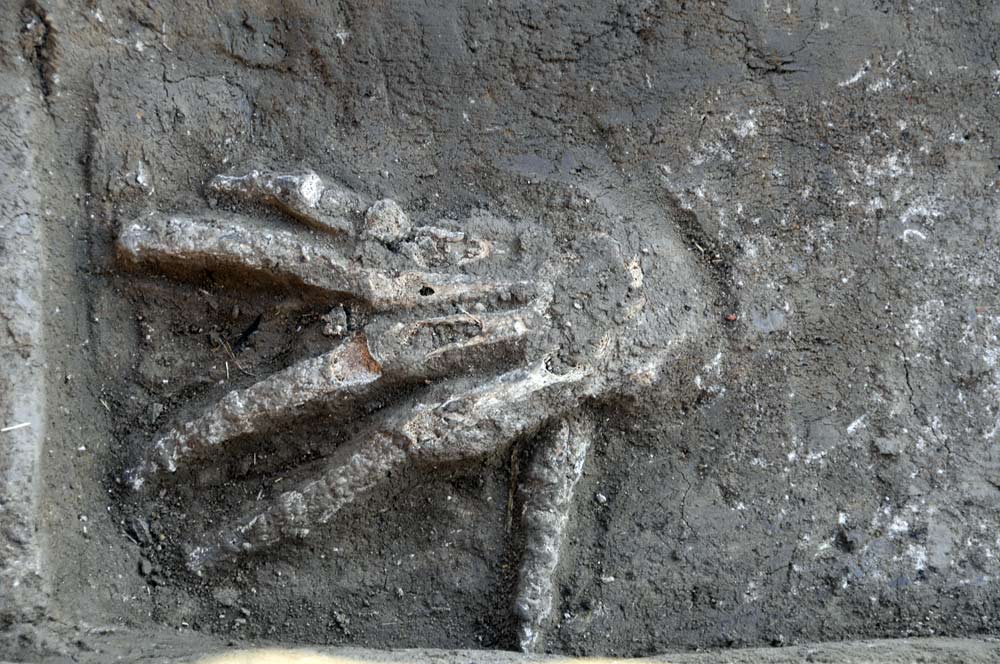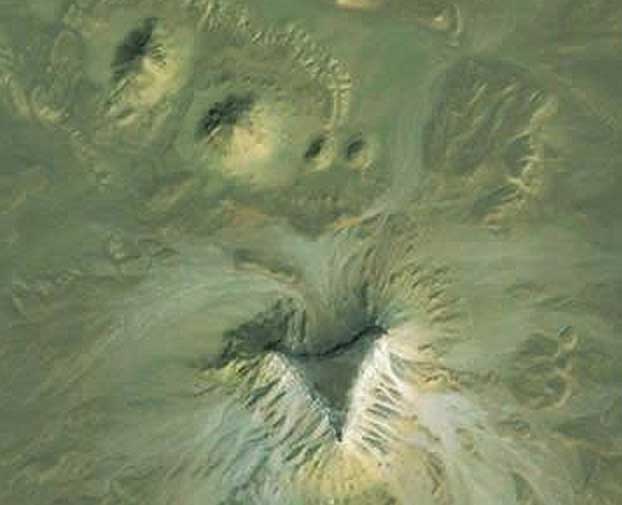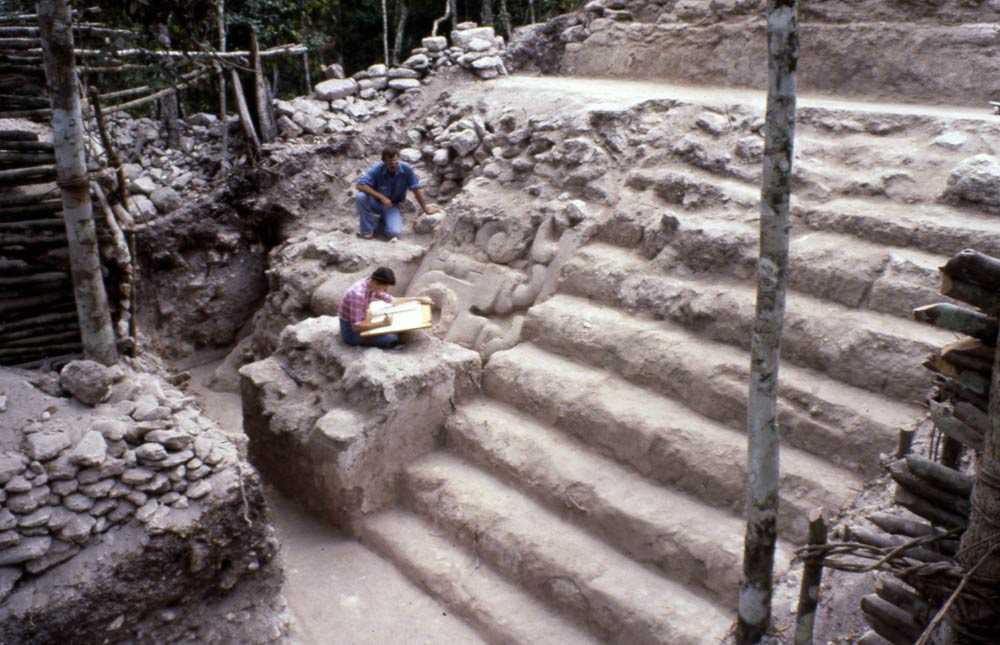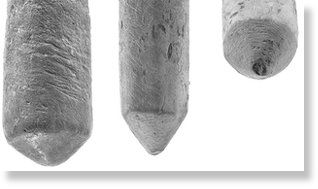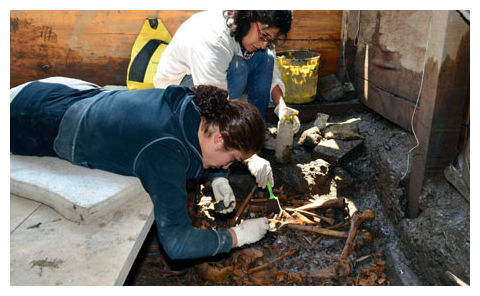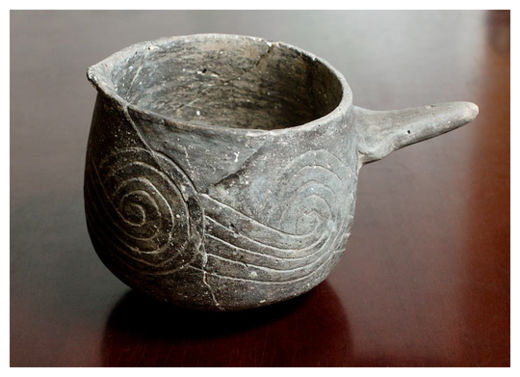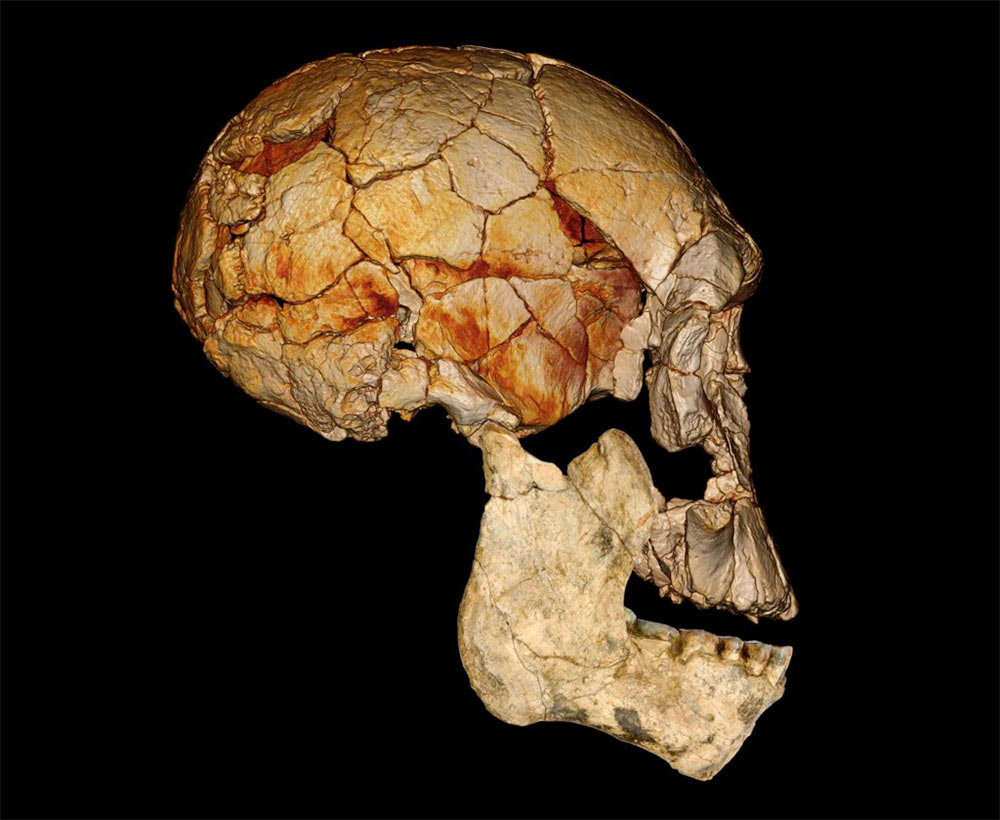
© Photo by Fred SpoorFour decades ago, in 1972, the Koobi Fora Research Project (KFRP) discovered the enigmatic fossilized skull known as KNM-ER 1470, or "1470" for short, which ignited a now long-standing debate about how many different species of early Homo lived alongside Homo erectus during the Pleistocene epoch. Shown here, 1470's cranium combined with the new lower jaw KNM-ER 60000; both are thought to belong to the same species. The lower jaw is shown as a photographic reconstruction, and the cranium is based on a computed tomography scan.
New fossils from the dawn of the human lineage suggest our ancestors may have lived alongside a diversity of extinct human species, researchers say.
Although modern humans,
Homo sapiens, are the only human species alive today, the world has seen a number of human species come and go. Other members perhaps include the recently discovered "hobbit"
Homo floresiensis.
The human lineage,
Homo, evolved in Africa about 2.5 million years ago, coinciding with the first evidence of stone tools.
For the first half of the last century, conventional wisdom was that the most primitive member of our lineage was
Homo erectus, the direct ancestor of our species.
However, just over 50 years ago, scientists discovered an even more primitive species of
Homo at Olduvai Gorge in Tanzania they dubbed
Homo habilis, which had a smaller brain and a more apelike skeleton.
Now fossils between 1.78 million and 1.95 million years old discovered in 2007 and 2009 in northern Kenya suggest that early
Homo were quite a diverse bunch, with at least one other
extinct human species living at the same time as
H. erectus and
H. habilis.
"Two species of the genus
Homo, our own genus, lived alongside our direct ancestor,
Homo erectus, nearly 2 million years ago," researcher Meave Leakey at the Turkana Basin Institute in Nairobi, Kenya, told LiveScience.
